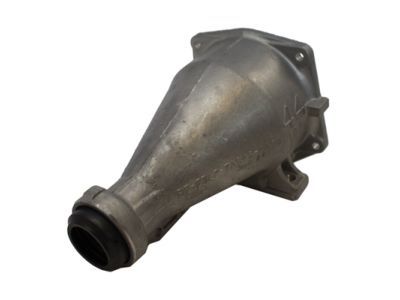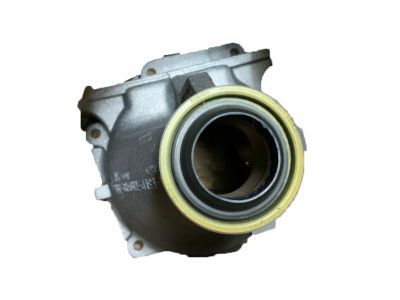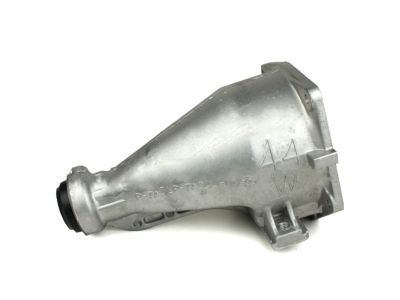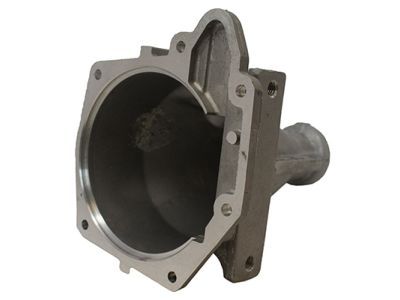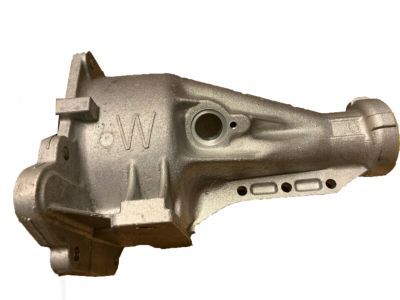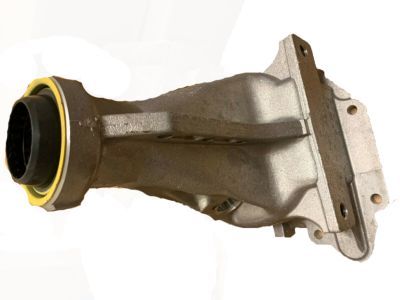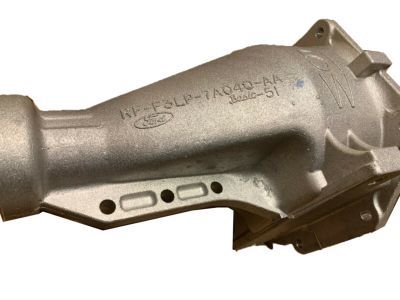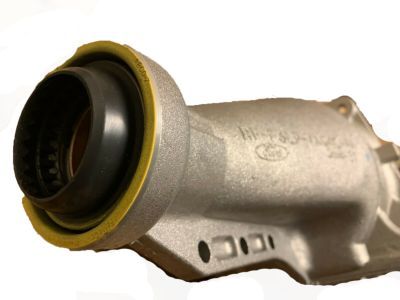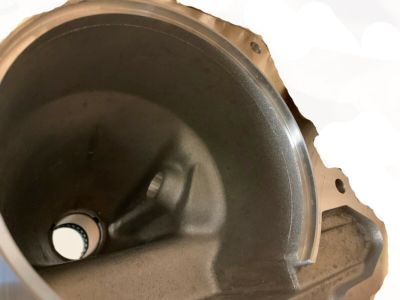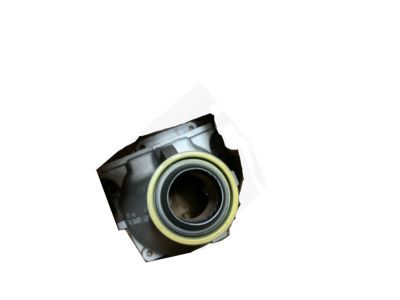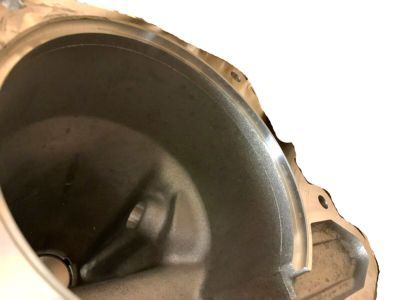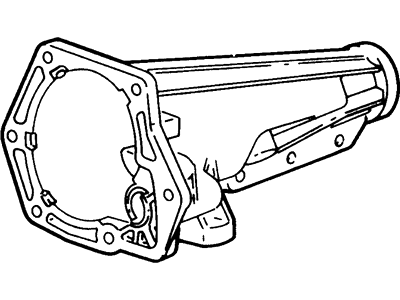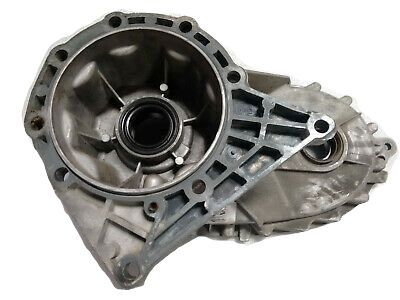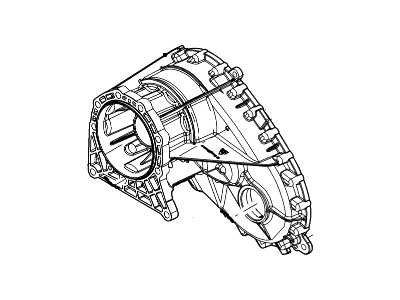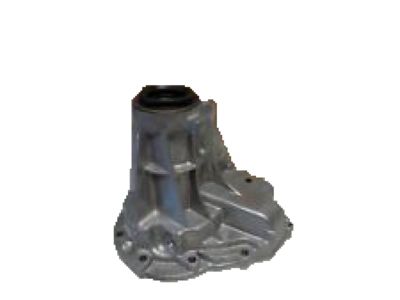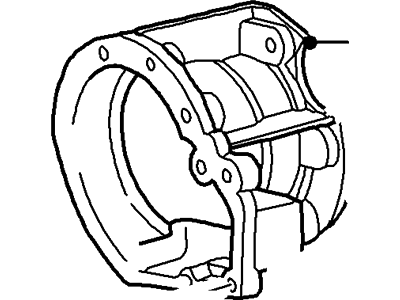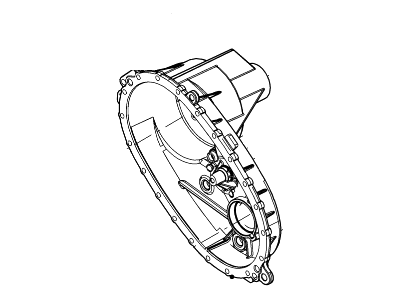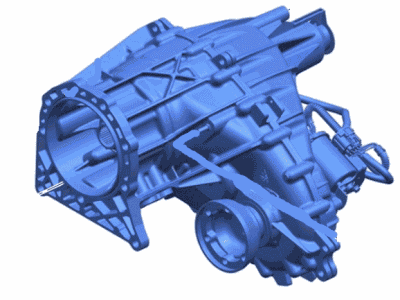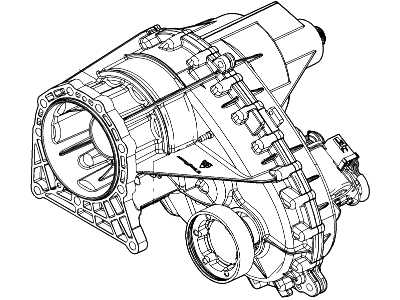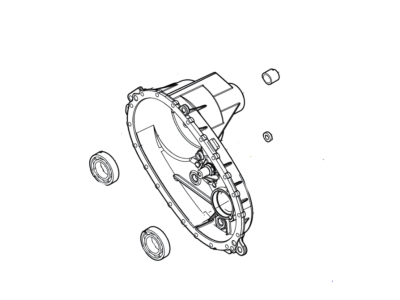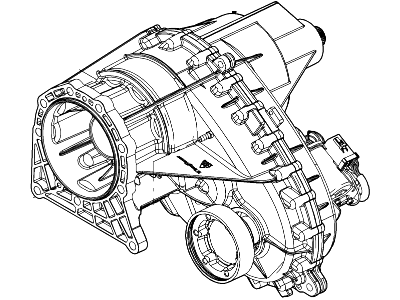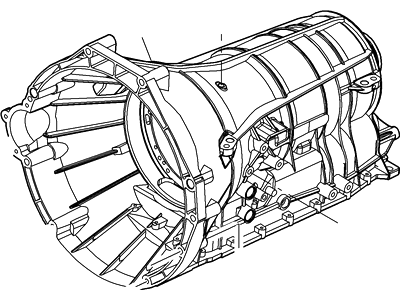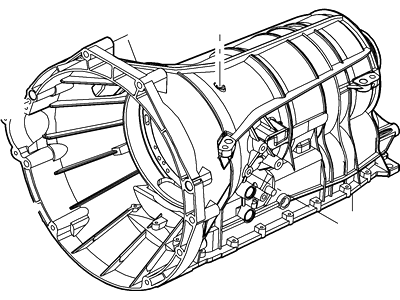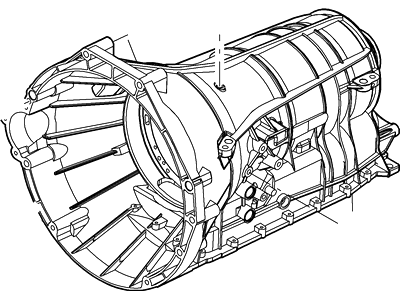

My Garage
My Account
Cart
Genuine Ford Expedition Transfer Case
Speed Transfer Case- Select Vehicle by Model
- Select Vehicle by VIN
Select Vehicle by Model
orMake
Model
Year
Select Vehicle by VIN
For the most accurate results, select vehicle by your VIN (Vehicle Identification Number).
61 Transfer Cases found
Ford Expedition Transmission Extension Housing
Part Number: F3LY-7A039-A$293.35 MSRP: $432.67You Save: $139.32 (33%)Ford Expedition Transmission Case Assembly
Part Number: 8L1Z-7005-AA$683.76 MSRP: $939.23You Save: $255.47 (28%)Ships in 1-3 Business DaysFord Expedition Transmission Extension Housing
Part Number: F81Z-7A039-JA$231.56 MSRP: $321.68You Save: $90.12 (29%)Ships in 1-2 Business DaysFord Expedition Transmission Case Assembly
Part Number: 8L1Z-7005-BA$676.37 MSRP: $929.08You Save: $252.71 (28%)Ford Expedition Transfer Case Assembly
Part Number: JL1Z-7A195-B$1184.66 MSRP: $1595.38You Save: $410.72 (26%)Ford Expedition CASE ASY - TRANSFER
Part Number: JL1Z-7A195-C$1184.66 MSRP: $1595.38You Save: $410.72 (26%)Ships in 1-3 Business DaysFord Expedition Transmission Case Assembly
Part Number: 7L1Z-7005-A$676.37 MSRP: $929.08You Save: $252.71 (28%)Ships in 1-3 Business DaysFord Expedition Transfer Case Assembly
Part Number: CL3Z-7A195-D$1425.11 MSRP: $2098.06You Save: $672.95 (33%)Ships in 1-3 Business DaysFord Expedition Transmission Case Assembly
Part Number: FL3Z-7005-M$644.34 MSRP: $885.08You Save: $240.74 (28%)Ships in 1-3 Business DaysFord Expedition Transmission Case Assembly
Part Number: GL3Z-7005-A$743.38 MSRP: $1049.23You Save: $305.85 (30%)Ships in 1-3 Business DaysFord Expedition Transfer Case Assembly
Part Number: JL1Z-7A195-A$1092.00 MSRP: $1500.00You Save: $408.00 (28%)Ships in 1-3 Business DaysFord Expedition Transfer Case Assembly
Part Number: CL3Z-7A195-B$1425.11 MSRP: $2098.06You Save: $672.95 (33%)Ships in 1-3 Business DaysFord Expedition Transmission Case Assembly
Part Number: FL3Z-7005-B$1375.36 MSRP: $1889.23You Save: $513.87 (28%)Ships in 1-3 Business DaysFord Expedition Transaxle Case Assembly
Part Number: FL1Z-7A195-A$1818.88 MSRP: $2498.46You Save: $679.58 (28%)Ford Expedition Transmission Case Assembly
Part Number: 8L1Z-7005-A$132.66 MSRP: $184.29You Save: $51.63 (29%)Ships in 1-2 Business DaysFord Expedition Transmission Case Assembly
Part Number: 7L1Z-7005-B$683.76 MSRP: $939.23You Save: $255.47 (28%)Ships in 1-3 Business DaysFord Expedition Transmission Case Assembly
Part Number: BL3Z-7005-C$693.62 MSRP: $952.77You Save: $259.15 (28%)Ships in 1-3 Business DaysFord Expedition Transmission Case Assembly
Part Number: BL3Z-7005-G$866.10 MSRP: $1189.69You Save: $323.59 (28%)Ships in 1-3 Business DaysFord Expedition Transmission Case Assembly
Part Number: BL3Z-7005-K$866.10 MSRP: $1189.69You Save: $323.59 (28%)Ships in 1-3 Business DaysFord Expedition CASE ASY - TRANSFER
Part Number: NL1Z-7A195-B$1103.20 MSRP: $1515.38You Save: $412.18 (28%)Ships in 1-2 Business Days
| Page 1 of 4 |Next >
1-20 of 61 Results
Ford Expedition Transfer Case
We provide a wide range of Ford Expedition Transfer Case at the best prices possible. If you need Ford Expedition Transfer Case, you can shop with confidence on our website. All our OEM parts come with a manufacturer's warranty and are delivered to your door step with a fast delivery service.
Ford Expedition Transfer Case Parts Questions & Experts Answers
- Q: How to remove and install the transfer case on Ford Expedition?A:If the vehicle is equipped with air suspension, turn off the air suspension system using the switch located in the area of the right kick panel. Raise the vehicle and support it securely on jackstands. Remove the transfer skid plate bolts, then take off the skid plate. Drain the transfer case lubricant. Remove the front driveshaft shield, followed by the front and rear driveshafts. Take out the torsion bars and the rear torsion bar support. For manual shift vehicles, disconnect the shift rod. Unplug the electrical connector from the vehicle speed sensor, and for manual-shift vehicles, also unplug the electrical connector from the 4WD indicator switch and the transfer case coil. For electric-shift vehicles, unplug the electric shift motor connector. Support the transfer case with a jack, preferably a special jack designed for this purpose, using safety chains or tie-downs to steady it. Remove the transfer case-to-transmission bolts. Make a final check to ensure all wires and hoses have been disconnected from the transfer case, then move the transfer case and jack toward the rear of the vehicle until the transfer case is clear of the transmission, keeping it level during this process. Once the input shaft is clear, lower the transfer case and remove it from underneath. Installation is the reverse of removal, ensuring to tighten the transmission-to-transfer case bolts to the specified torque.
Related Ford Expedition Parts
Browse by Year
2023 Transfer Case 2022 Transfer Case 2021 Transfer Case 2020 Transfer Case 2019 Transfer Case 2018 Transfer Case 2017 Transfer Case 2016 Transfer Case 2015 Transfer Case 2014 Transfer Case 2013 Transfer Case 2012 Transfer Case 2011 Transfer Case 2010 Transfer Case 2009 Transfer Case 2008 Transfer Case 2007 Transfer Case 2006 Transfer Case 2005 Transfer Case 2004 Transfer Case 2003 Transfer Case 2002 Transfer Case 2001 Transfer Case 2000 Transfer Case 1999 Transfer Case 1998 Transfer Case 1997 Transfer Case
